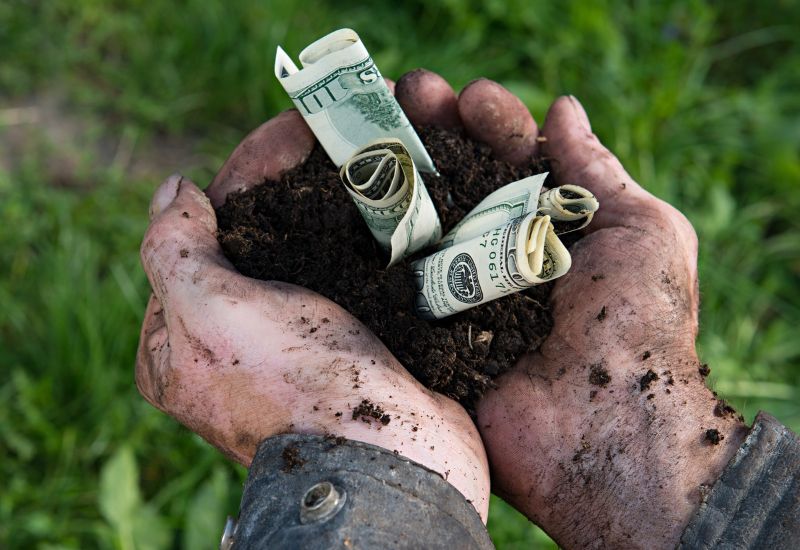According to the Labor Department, inflation hit 9.1% last June. This is the highest reading since 1981. While asset values have been inflating since 2008, inflation has now crept into our food prices, energy costs, materials, and commodities as well. Inflation shifts consumer spending. It shifts business decisions. But what about your farm succession strategies? Have you made any shifts there?
Let me give you an example. I met a GPS member who’s owns 800 acres of land. It was worth $8,000 per acre a few years ago. Land is now selling for around $13,000 per acre in their area. They have four children. One is farming. The other three have off-farm jobs. They all get along, but the parents have noticed that every now and then the kids pull out their mental scorecards on what the other one is getting out of life, or more specifically, out of mom and dad. The parents were worried that high land prices and low liquidity would cause their off-farm heirs to sell their land someday.
Let’s do the math. Back when their land was at $8,000 per acre, their farming son would have needed $4.8M to buy out his three siblings. On a 20-year note at 4.5% interest that would have cost him $369,000 per year in loan payments. That works out to $461 per acre. There’s no way that would have cash flowed based on corn prices back then. Now today, some farm operations might be able to handle that kind of payment. However, it would still be tight and present some long-term risks.
Now let’s reevaluate Mom and Dad’s estate plan based on today’s values. Both land and interest rates are higher due to inflation. Their son would now need $7.8M to buy the same dirt from his siblings. On a 20-year note at 6% interest, it would cost him $680,040 per year in loan payments. That’s equivalent to $850 per acre. Wow! What a difference a few years can make! Even if the parents’ old will allowed him the option to buy at a 30% discount, his land cost would still be almost $600 per acre.
But what if we just stretched out the payments? The parents held somewhat mutually exclusive goals. They didn’t want to discount the land because they weren’t sure if that would be “fair” to the other kids. Yet, they also wanted it to cash flow for their farming son. They wondered if the payments could just be stretched out over a longer period to make it more manageable.
Again, let’s do the math. To get him to a $400 per acre land cost on a $7.8M buyout, he would need a 4% interest loan with an amortization stretched out…. over the next 100 years! How crazy is that? Keep in mind, this is for land that’s already in the family. Plus, we amortized it over the full 800 acres; including his share!
Parents… if you were the farm heir, would you take that deal? Let me guess. I bet you would say, “No way. Not in a hundred years!” But let me ask another question. Is this the deal that you are indirectly offering through your will? If so, perhaps it’s time to take another look at your farm estate strategies.
Fortunately, there are still ways to structure a deal that cash flows for the farming heir, treats the off-farm heirs fairly/equitably, and honors the life’s work of the parents. Here’s how to begin:
Step 1: Identify your starting point. Assess your current situation. What is already working, and what needs fixed?
Step 2: Define where you want to go. Develop your goals so you know what a successful plan looks like for the parents, the farming heir, and the off-farm heirs.
Step 3: Select your best route. Learn the options and design a plan with the tools and strategies that fit your situation best.
Fortunately, the family did this. They were able to address the weak spots in their current plan and make adjustments. They now have a path where the kids can be co-owners of the land if they choose to get along. However, they also developed a valuation model and funding strategy that cash flows for their farming heir if someone wants, or needs, out.
Market values may change, but family values do not. It’s always important to go back to your goals of why you did your farm estate plan in the first place. Then overlay the current situation and determine if the goals would still be accomplished today. The long-term viability of our family farms shouldn’t be at risk to inflated land values. Now is the time when families should be reassessing their situation.
_________________________________________________________________________________________________
All Farm Estate GPS Members have access to self-assessment tools where they can run their own cash flow calculations and step through their farm estate goals. They can also access video tutorials to help guide them along their way.

